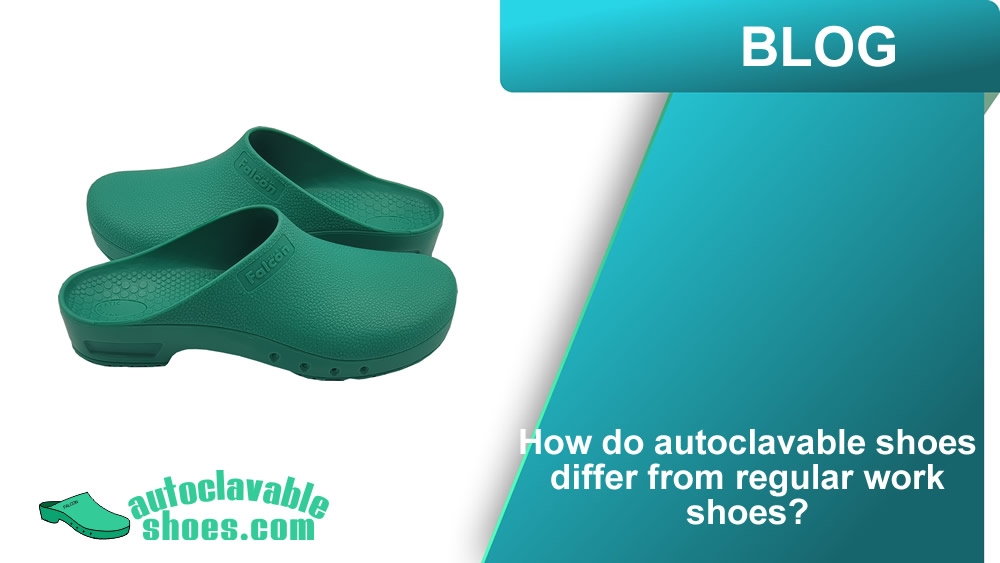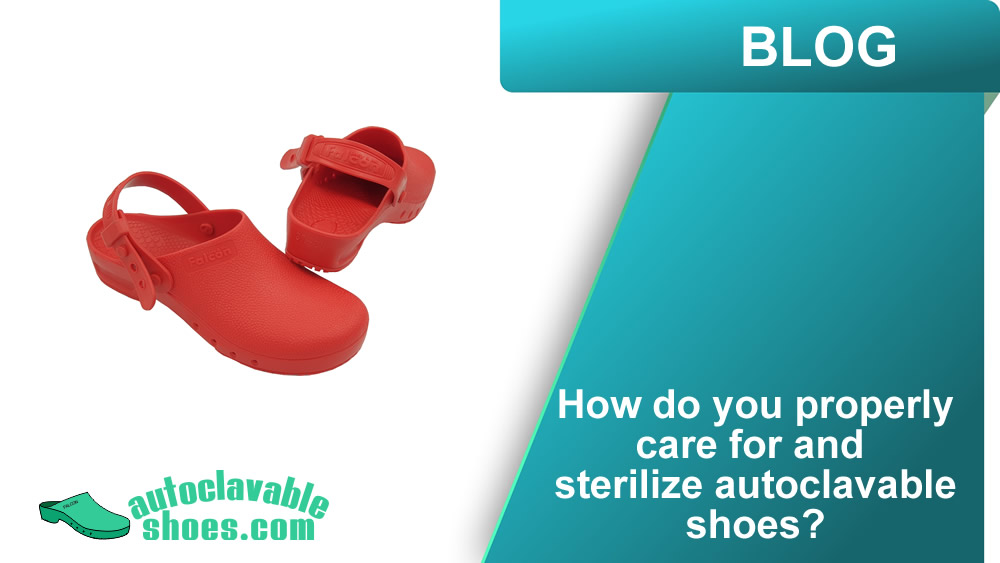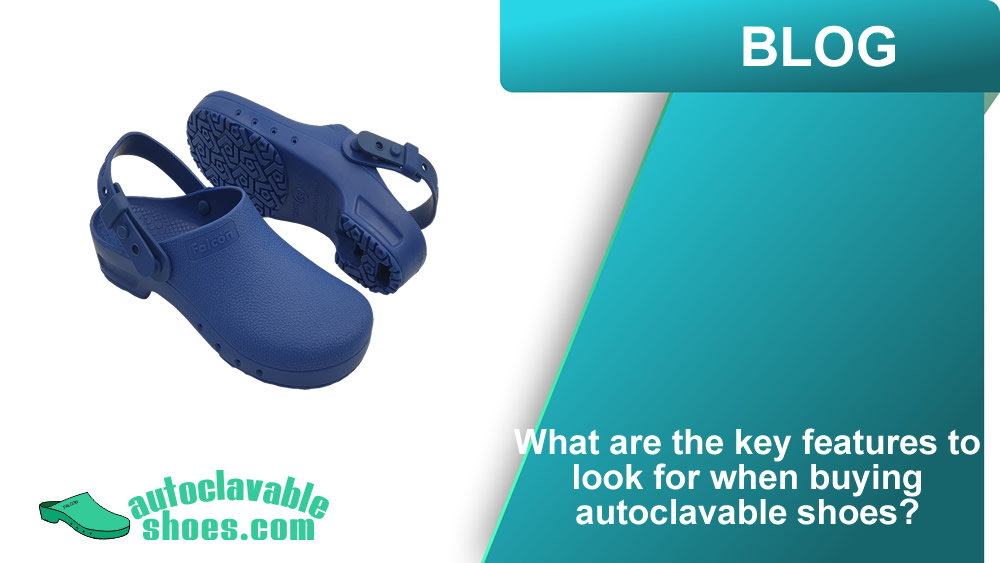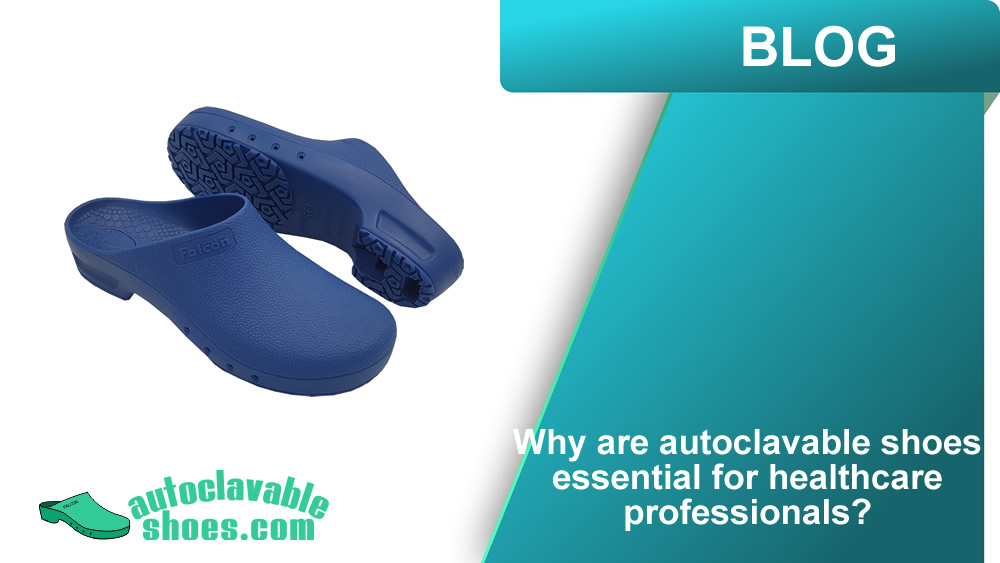
Autoclavable vs. Regular Work Shoes: A Crucial Distinction
At first glance, a pair of autoclavable shoes might resemble typical clogs or comfortable work shoes. However, their fundamental design and purpose set them miles apart, especially in environments where hygiene is paramount. The core difference lies in their ability to endure autoclaving, a high-heat, high-pressure sterilization process.
Regular work shoes, even those designed for comfort or slip resistance, are typically made from materials like leather, fabric, or standard plastics. These materials cannot withstand the extreme temperatures (often 121°C or 134°C) and steam pressure of an autoclave. Attempting to sterilize regular shoes would result in their damage, melting, shrinking, or complete destruction, rendering them unusable and certainly not sterile.
Autoclavable shoes, on the other hand, are crafted from advanced, heat-resistant polymers specifically engineered for this process. This allows them to be thoroughly sterilized, killing all microorganisms, and emerge intact, ready for reuse in sterile environments. This capability makes them indispensable in settings like operating rooms and cleanrooms where ordinary footwear would pose a significant contamination risk.
Beyond sterilization, autoclavable shoes often incorporate other specialized features common in sterile environments, such as fluid resistance for easy cleaning of spills, anti-slip soles for safety on wet floors, and occasionally antistatic properties to prevent electrostatic discharge. While some regular work shoes might offer one or two of these features, autoclavable footwear combines them with the critical ability to be fully sterilized, making them a unique and essential piece of professional equipment.


